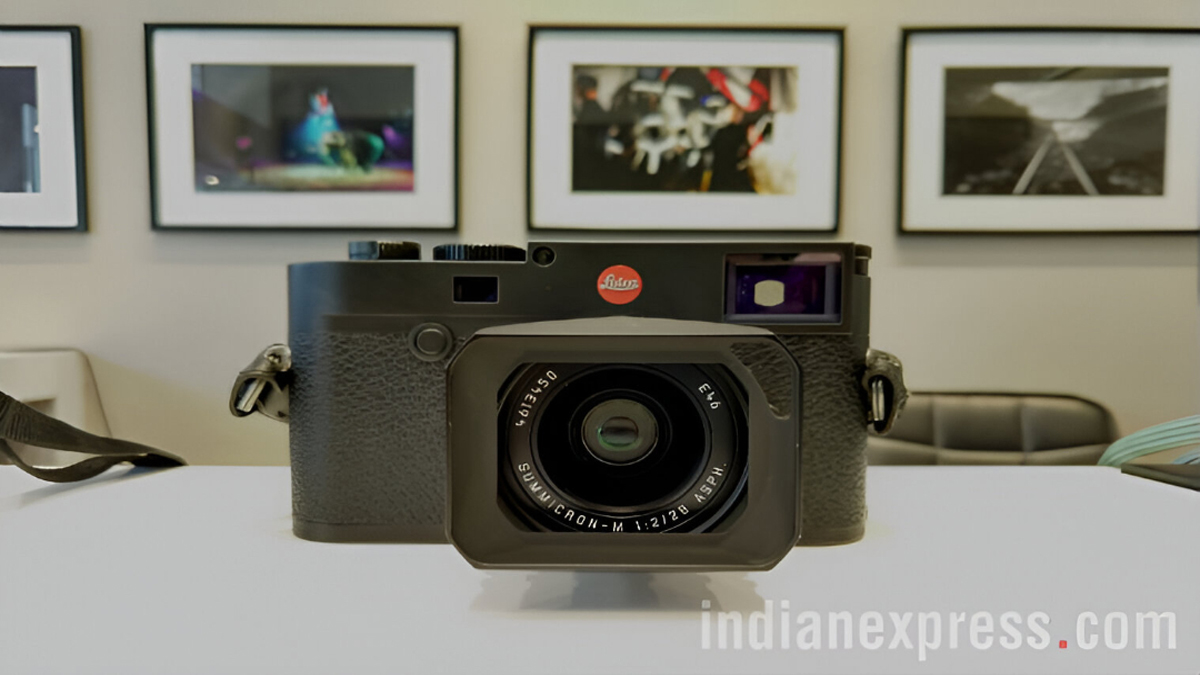Now Reading: Leica’s Long Lens on India: Why the Luxury Camera Giant is Playing the Long Game
-
01
Leica’s Long Lens on India: Why the Luxury Camera Giant is Playing the Long Game
Leica’s Long Lens on India: Why the Luxury Camera Giant is Playing the Long Game

Leica, the iconic German camera manufacturer, is clearly playing the long game in India’s burgeoning high-end camera market. While the immediate sales figures for ultra-premium cameras might seem niche, Leica’s strategy reflects a deep understanding of India’s evolving luxury consumer landscape and its potential for sustained growth.
Here’s why Leica is taking the long view on India:
1. Tapping into a Maturing Luxury Market:
- Growing Affluence: India is experiencing a significant rise in disposable incomes, particularly among its expanding middle and affluent classes. This demographic is increasingly seeking out premium and luxury products across various categories, and high-end cameras are no exception. While direct competition with smartphones is intense for mass-market photography, there’s a distinct segment that values superior image quality, craftsmanship, and the heritage associated with brands like Leica.
- Aspirational Consumers: Even beyond the immediately affluent, India has a vast aspirational consumer base. Leica understands that by establishing a strong brand presence now, they can cultivate desire and loyalty among those who will become future high-end consumers as their purchasing power increases. The partnership with celebrity chef Ranveer Brar as a brand ambassador, despite his broader appeal, indicates a strategy to connect with both existing luxury consumers and a wider aspirational audience who appreciate quality and storytelling.
- Cultural Significance of Photography: India has a rich photographic tradition, and a growing number of individuals are pursuing photography as a serious hobby or profession. This inherent interest in visual storytelling provides a fertile ground for a brand like Leica, which emphasizes artistic expression and technical excellence.
2. Strategic Market Entry and Presence:
- Destination Stores and Experience: Rather than aiming for widespread distribution, Leica is focusing on establishing “destination stores” in key metropolitan areas. These stores are designed to offer a complete “Leica experience,” allowing customers to not just buy a camera but to immerse themselves in the brand’s philosophy and heritage. This experiential approach is crucial for luxury brands in India, where tactile engagement and personalized service are highly valued.
- Local Partnerships: Leica’s collaboration with local partners, such as FCE Lifestyles Pvt Ltd, is vital for navigating the complexities of the Indian market. These partnerships help Leica understand local nuances, adapt its strategies, and create a retail environment that resonates with Indian consumers.
- Focus on Community Building: Leica is actively investing in building a community around its brand in India. This includes initiatives like the Leica Akademie, which offers workshops and educational programs, and events that bring photographers together. By fostering a sense of belonging and providing opportunities for skill development, Leica aims to cultivate long-term relationships with photographers, from hobbyists to seasoned professionals.
- Targeting Specific Needs: Leica is showcasing cameras like the Q3 43, which offers a fixed 43mm lens mimicking the human eye’s view. This strategic product positioning, emphasizing capturing life as it’s seen, is designed to resonate with the rich storytelling culture in India.
3. Adapting to the Digital Landscape:
- Digital Marketing Shift: Recognizing the increasing importance of online engagement, Leica has significantly ramped up its digital marketing efforts. This shift, especially post-COVID, indicates an understanding of how modern Indian consumers research and interact with brands.
- Leveraging Mobile Photography: While high-end cameras are distinct from smartphones, Leica is also innovating in the mobile space with apps like Leica LUX, which brings Leica’s visual DNA to iPhones. This suggests an understanding that even smartphone photographers might aspire to the Leica aesthetic and could eventually graduate to dedicated cameras.
4. A Long-Term Investment in Brand Building:
- Beyond Immediate Profit: As acknowledged by Leica executives, the initial foray into the Indian market is not solely about immediate profits. It’s about “ploughing the field” and building brand awareness and loyalty over time. Lessons learned from their success in China, where Leica went from being a relatively unknown brand to a significant player, are likely being applied to India.
- Emphasis on Heritage and Craftsmanship: Leica consistently highlights its long history, German craftsmanship, and commitment to quality. In a market where luxury often equates to heritage and exclusivity, this resonates deeply with discerning buyers.
In conclusion, Leica’s “long view” on India’s high-end camera market is a calculated strategy rooted in the country’s economic growth, evolving consumer preferences, and deep appreciation for photography. By focusing on experiential retail, community building, strategic partnerships, and a clear brand narrative, Leica aims to cultivate a loyal customer base that will drive sustained growth for decades to come, rather than chasing short-term gains in a nascent but promising luxury segment.










